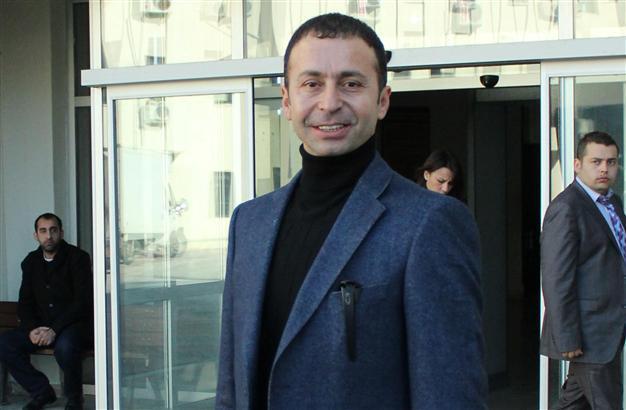Despite Namibia's constitutional devotion to preserving its environment and biological diversity, it remains one of just three places in the world which allows seal culling-- massive annual seal hunts in which animals are professionally killed for commercial purposes. The other places are Canada and Greenland, which unlike Namibia retain strong indigenous connections to seal harvesting. Namibia's seal cull is persistently criticized by animal rights groups for its inhumane processes, which many believe do not provide the animals with a quick death. This international criticism has grown so intense the government has closed seal cull areas to media and public during the culling event in recent years.
So why does Namibia continue to allow this questionable operation? Because it is economically viable, with seal oil, genitalia, and pelts all sold overseas for high prices. In particular, this ongoing economic incentive can be traced to one man who single-handedly controls an estimated 60 - 80% of the international seal product trade. This man, Hatem Yavuz, is a Turkish-Australian dual citizen whose family has made fur coats (which Yavuz compares to luxury cars like Bentleys) for generations.
Yavuz employs about 120 hunters, veterans of regional wars, to participate in the seal cull and harvest the pelts that his fur company sews into coats which they sell for thousands of dollars to wealthy customers mainly in Russia and China. He defends his practice as an ancient family business, and as simply the supply to a demand for wild fur coats which he does not control. He recently responded to critics by creating a new label, Fok You, playing on the Turkish word for seal: fok.
Yavuz's share of the market is so huge that if it were possible to shut down his business, the Namibian seal cull would probably end, or at least be hugely reduced. However, he is deeply tied to the Namibian government-- he was named Honorary Consul to Turkey, and he pays royalties to them from his sales. He also has shady ties to the De Beers of the diamond industry, who own land that he has rights to cull seals on. Even Namibia's ombudsman, the official in charge of investigating environmentalist issues, has condoned the cull on somewhat sketchy grounds.
Unfortunately it seems the seal cull will go on indefinitely with the Namibian government unwilling to cut their financial ties to Yavuz. The best hope for stopping the seal cull is probably some kind of international ban on the fur trade, or at least strict enforcement of humane culling practices. In my opinion, it's an awful practice and there's no good reason for it to continue.
-Madelyn
Sources:
https://news.nationalgeographic.com/2016/09/wildlife-watch-cape-fur-seal-trade-Namibia/
http://www.hurriyetdailynews.com/turkish-seal-fur-magnate-responds-to-western-criticism-with-new-brand-fok-you-74529
https://economist.com.na/1899/general-news/meet-mr-fur-hatem-yavuz/
https://secure.animalsaustralia.org/take_action/namibian-seal-slaughter/


